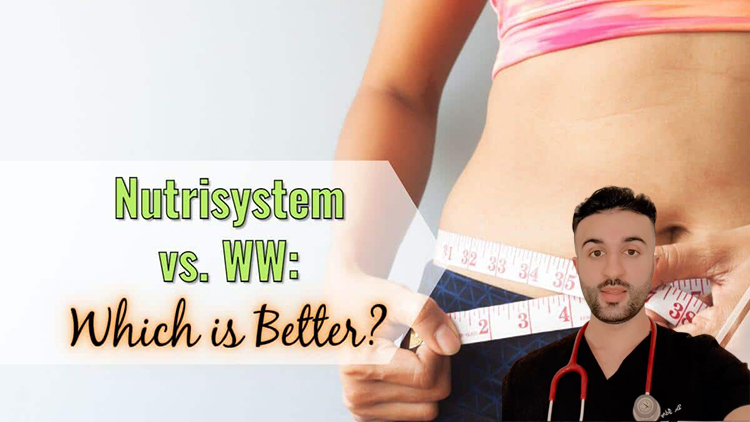
- Uses
- Risks
- Side effects
- How it’s taken
- Outlook
What is medical marijuana?
Though marijuana, or cannabis, is commonly known as a recreational drug, it has been used as a medicine for thousands of years. Today, cannabis is not legal in many U.S. states, and only a handful allow nonmedical cannabis use.
Thirty-three U.S. states and Washington, D.C., have medical cannabis programs, while 11 states and D.C. allow cannabis for adult use.
The mind-altering ingredient in cannabis is THC, short for delta-9-tetrahydrocannabinol. The amount of THC in cannabis varies and has been steadily increasing over the past few decades.
According to the National Institute on Drug Abuse (NIDA)Trusted Source, the average THC content of confiscated samples was 3.7 percent in the 1990s. In 2013, it was 9.6 percent.
When THC enters the body, it attaches to and stimulates cannabinoid receptors in the brain. The stimulation of these receptors affects the body in various ways. Among its effects are reduced pain and inflammation, increased appetite, nausea, and insomnia.
Another chemical in marijuana that has beneficial health effects is CBD. This chemical is psychoactive, yet it’s non-impairing and non-euphoric, meaning it doesn’t produce the “high” that THC does.
In 2018, the Food and Drug Administration (FDA)Trusted Source approved Epidiolex, a cannabidiol (CBD)-based medication derived from the cannabis plant, to treat seizure disorders. It’s the first and only CBD medication to receive FDA approval.
CBD can also be turned into an oil for use as a healing salve. More research needs to be done into the effects of CBD.
Cannabis is a Schedule I drug, even in states where it’s legal medically. Healthcare providers can’t prescribe it, though they can write a recommendation or certify patients for its use. In some states, advanced practice nurses, or APRNs, can write the recommendation or certification.
What does medical marijuana treat?
Researchers continue to study the medical benefits of marijuana. It may be effective in treating:
- chronic pain, due to its effect on the central nervous system
- nausea
- muscle spasms, especially those associated with certain conditions, such as multiple sclerosis
- sleep issues
Cannabis may also be used to help treat these conditions:
- AIDS
- anorexia
- arthritis
- cancer
- chronic pain
- glaucoma
- migraine
- any other chronic or persistent medical symptom that limits your ability to conduct major activities in life or can cause serious harm to you if not relieved
Because cannabis can make you hungry, it’s also useful in treating conditions or side effects of diseases that cause a loss of appetite, such as AIDS.
Medical marijuana is used to relieve symptoms. It isn’t used to treat or cure diseases. Using it won’t change the outcome of a certain disease. But it can ease certain symptoms, make you feel better, and improve your quality of life.
What are the risks of medical marijuana?
One possible risk of cannabis use is addiction. The debate over whether cannabis is physically or psychologically addictive is ongoing.
NIDATrusted Source cites research that suggests 30 percent of cannabis users may have a cannabis use disorder. The research also states that people who smoke cannabis before the age of 18 are four to seven times more likely to develop a cannabis use disorder than adults.
If you do become dependent on cannabis, you may have withdrawal symptoms if you stop using the drug. Withdrawal symptoms may include:
- irritability
- insomnia
- mood difficulties
- decreased appetite
- physical discomfort
- nausea
- restlessness
Smoking tobacco leads to both COPD and lung cancer. Researchers are split on whether smoking cannabis can lead to these diseases as well. Cannabis smoke does contain some of the same elements as tobacco smoke and can cause chronic bronchitis and airway inflammation in people who use it regularly.
What are the side effects of medical marijuana?
According to the National Cancer Institute (NCI)Trusted Source, possible side effects of cannabis use include:
- increased heart rate
- low blood pressure
- dizziness, light-headedness, or fainting
- short-term reduced memory
- short-term reduced attention span
- decreased problem-solving skills
Cognitive side effects of cannabis use include impaired:
- memory
- sense of time
- sensory perception
- attention span
- problem-solving
- speaking
- reaction time
- motor control
Other side effects of cannabis use are:
- lowered blood sugar levels
- drowsiness
- adverse interaction with other medications or herbs
- dry eyes
- dry mouth
- anxiety
It’s important to know that these side effects are dose dependent and are more likely to occur with larger doses and with inexperienced cannabis users.
People with mental or emotional disorders may experience paranoia or hallucinations. It could also make their depression or mania worse.
How is medical marijuana administered?
Methods for taking cannabis include the following:
- Inhalation: vaping and smoking
- Oral ingestion: oils, tinctures, capsules, and edibles
- Topical: salves, balms, and patches
- Suppositories: rectal or vaginal suppositories
Your doctor will determine the frequency of medical marijuana use. Working with a qualified cannabis clinician can also be helpful, as they can help you determine the right route and cannabinoid profile for you.
Outlook
Although the American Cancer SocietyTrusted Source believes that more research needs to be done into medical marijuana’s effectiveness for people with cancer, it’s still regularly prescribed to treat many conditions.
Cannabis is not a cure in itself, but it can be used to relieve adverse symptoms of diseases or side effects of their treatments.
Talk to your healthcare provider if you feel cannabis may help with your condition. Although your provider can’t prescribe cannabis, they can write a recommendation or certify patients for its use.
Goals of treatment
Medical marijuana is used to relieve symptoms, not to treat or cure diseases. It can alleviate certain symptoms, make you feel better, and improve your quality of life.






